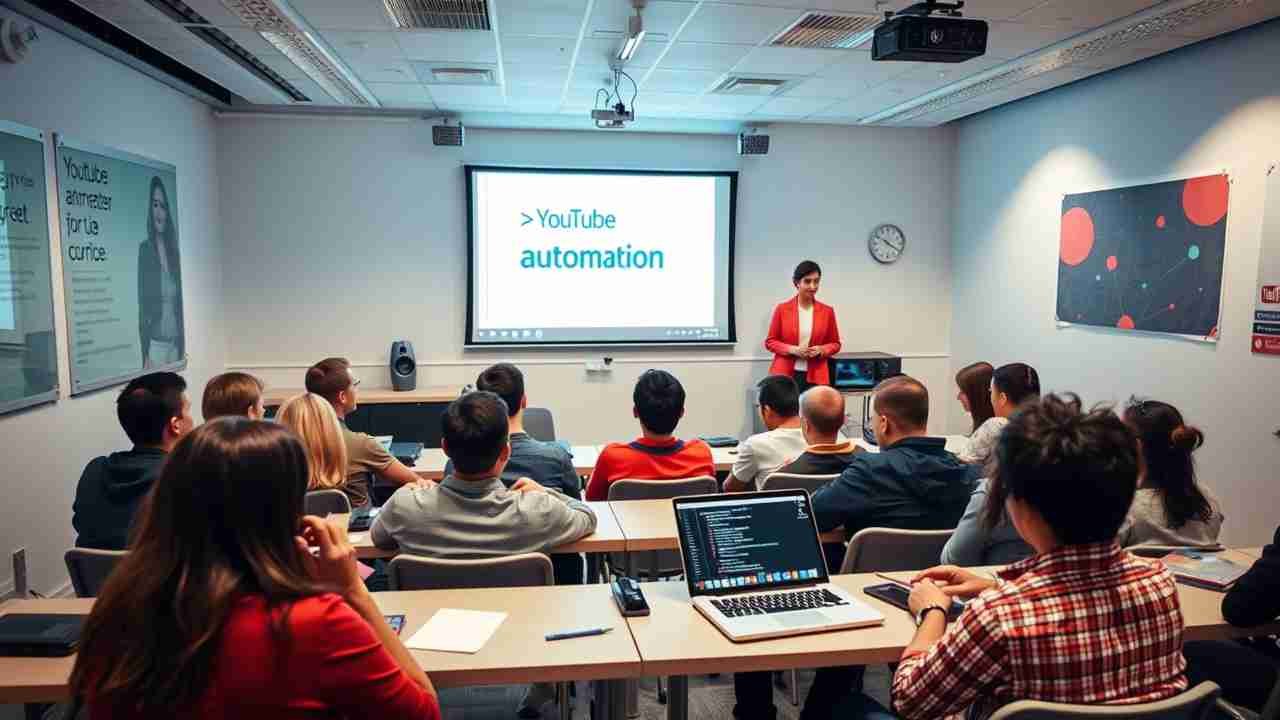Mastering LinkedIn Document Ads: Best Practices for LinkedIn Effective Ads
Mastering LinkedIn Document Ads: Best Practices for LinkedIn Effective Ads
Introduction:
LinkedIn has grown into a social networking site for professionals to become a significant place for ad targeting. With its variety of advertising styles, LinkedIn Document Ads stand out as an incredibly flexible and engaging way to connect with your target audience via engaging information. In this post we’ll explore how to increase the effect on the LinkedIn Document Ad campaigns.
1. Understanding LinkedIn Document Ads:
LinkedIn Document Ads let you share whitepapers, eBooks, case studies as well as other useful information directly in LinkedIn’s LinkedIn feed. They help to establish your company’s credibility, educate the people you want to reach, and increase the engagement of your audience. To ensure that your ads are successful it is essential to adhere to these guidelines:
2. Choose the Right Content:
The basis of the success of a Document Ads campaign is the material itself. Choose content that can provide information, resolve a issue or solve a problem the target market is suffering from. It should be researched as well as informative as well as visually attractive.
3. Craft Attention-Grabbing Headlines:
The headline for your advertisement will be the very first element people are likely to see. It must be clear appealing, interesting and related to the information you’re providing. Make use of action-oriented language in order to encourage viewers to visit and look more.
4. Compelling Visuals:
The aesthetic aspect of the Document Ad is essential. Make visually appealing thumbnails as well as covers that match the brand’s identity as well as the information that you’re posting. Quality images and design will significantly increase click-throughs.
5. Write a Persuasive Description:
Adjoin your advertisement with an appealing description, which provides an outline of the document’s worth. It is important to clearly define what the user are able to gain from using the content. Be concise and highlight the key points.
6. Leverage Audience Targeting:
LinkedIn has a wide range of targeted options that will ensure your document advertisements get to the people you want them to. Find your ideal audience upon job titles, industry names size, business sizes, and much more. The ability to tailor your content for specific audiences increases the likelihood of people engaged with your content.
7. A/B Testing:
Examining different components of your document ads can offer valuable insight about what appeals to the audience you’re targeting. Try different headlines, graphics and descriptions in order to improve the effectiveness of your campaign.
8. Landing Page Optimization:
When users click the Ads, once they click on your Document Ad when they click, they’ll be taken to a professionally designed landing page which provides an effortless experience. The landing page should be aligned with the content of your ad and provide a clear call-to action (CTA) to encourage further interaction.
9. Mobile-Friendly Design:
Due to the widespread mobile use, be sure that your document ads as well as landing pages are designed to work on mobile devices. The responsiveness of your design guarantees an enjoyable user experience regardless of what device is employed.
10. Monitor and Adjust:
Continuously track the success of Your Document Ad campaign. LinkedIn gives you insights into how well your campaigns are performing, engagement levels, click-through rates as well as other metrics that are relevant to your campaign. Make use of this data to inform your decisions and improve your marketing campaign to achieve greater results.
11. Budget Allocation:
Allocate your budget in a strategic manner across various Document Ad campaigns to test the various pieces of content and target options. Examine the outcomes and allocate budgets to the most efficient campaigns.
12. Timing Matters:
Take into consideration the timing for your document ads. It is best to publish during times of high activity the time your users are most engaged on the platform. Try different times of posting to figure out the most effective schedule.
13. Retargeting:
Retargeting on LinkedIn allows you to reconnect with users who had previously interacted with your posts prior to. Design a custom document Ads for this particular segment, in turn guiding them through the conversion funnel.
14. Compliance and Transparency:
Make sure your document ads comply with LinkedIn’s policies on advertising. Transparency is essential to establish confidence with your customers. It is important to clearly state the content’s purpose. your content, as well as any necessary disclosu
What’s the best way to use LinkedIn documents?
- Make use of a PDF document for best quality.
- Keep file size under 100mb.
- Document length should be kept to less than 10 pages. You can also use three to four preview pages.
- Use images, bullets and images, bullets and.
- Avoid using CTAs since they’re not present on the platform.
- Create a catchy cover page as well as enticing Preview pages.
What are the requirements for a document to be used in LinkedIn advertisements?
Document Specifications
span style=”background-color: rgb(144, 238 248, 144 );”>The File size shouldn’t be more than 100MB or 300 pages. The following file formats can be supported: PPT PDFX, PPTX and DOCX as well as PDF. Animations and videos within documents aren’t supported, and are displayed as static images.
What’s the ideal structure to use for LinkedIn advertisements?
Ad headlines should be written in HTML0 and contain less than 150 words. Simple headlines result in more participation. Keep descriptive copy under 70 characters. Be aware that any text exceeding 100 characters may be cut off when you use a the desktop.
What is the process by which document Ads function?
Capture leads of high interest and speed up interest throughout the funnel. Document ads allow marketers to advertise documents directly on the LinkedIn feed. Users are able to easily download and read documents without leaving the site.
What’s the ideal size for the size of a LinkedIn document?
The suggested image resolution for LinkedIn organic images for pages is 1200×628 pixel as well as that for a URL for page post with blog size is 1200×627 pixels, with 1.91:1 aspect ratio.
What’s the optimal LinkedIn post’s length?
The optimal LinkedIn post will be about 100 words. Its “See More” link appears around 140 characters which is why it’s important to keep the posts as short as possible to avoid getting removed.
What are the four LinkedIn advertising types?
LinkedIn Ads Types and Ad Formats
- Sponsored Content.
- Sponsored Messaging.
- Lead Gen Forms.
- Text and Dynamic Ads.
Conclusion:
LinkedIn Document Ads provide a great opportunity to reach out to a focused audience while showcasing your expertise. When you adhere to these top practices and strategies, you will be able to design compelling appealing campaigns that encourage significant engagement, build your credibility, and meet your goals for marketing on LinkedIn. Be aware of LinkedIn’s new capabilities and ways to improve the Document Ad strategy for optimal performance.
Mastering LinkedIn Document Ads
document ads linkedin
mastering linkedin
linkedin ads tutorial
billing linkedin ads
linkedin ads invoices
mastering google ads
linkedin ads pdf
marketing via linkedin
document ads linkedin specs
document ads linkedin examples
linkedin document ads best practices
linkedin ads examples
linkedin ad description
linkedin ads explained
linked document
why use linkedin ads
linkedin document controller
linkedin ads template
document controller jobs
document ads on linkedin
examples of document ads on linkedin
does linkedin have ads

